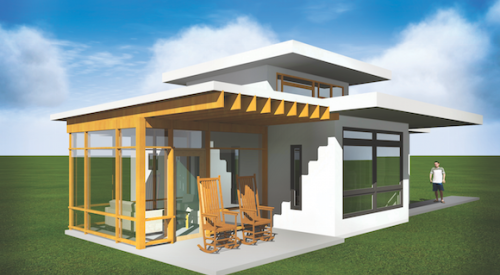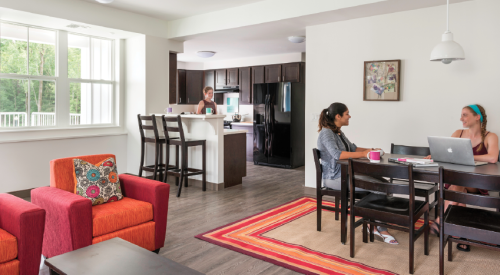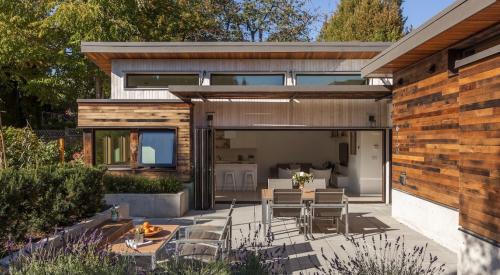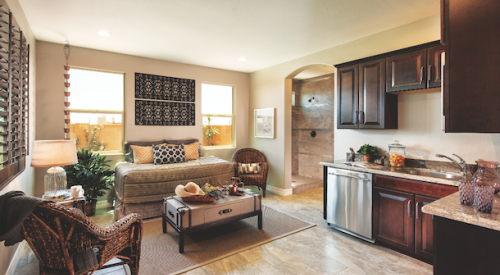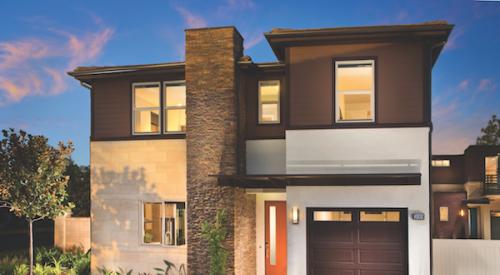The lack of affordable homes on the market has been making waves lately, as more and more prospective buyers are unable to venture into the land of homeownership. But perhaps part of the problem is what we define as a home. Looking beyond the traditional ideas of apartments and single-family detached homes, there is a whole world of interesting, unique, and, yes, tiny places to live.
Take microapartments, 350- to 365-square-foot apartments that are popping up in major metro areas around the country and can typically be rented for about 15 percent less than a traditional studio apartment in the same neighborhood, Realtor.com reports.
Another trend is co-living, where people can rent a bedroom for $1,100 to $2,500 a month and share a dining room, kitchen, and bathroom. Think of it as an adult version of a college dorm.
One of the most popular affordable living trends recently has been tiny homes. Often times looking like glorified playhouses,they can range from between 100 to 400 square feet and help eliminate costly mortgages, property tax, and energy bills. Just how popular are these tiny structures becoming? Well, television shows about tiny home have become the new dating shows. There are about 15 reality shows based on buying, selling, or building tiny homes on TV right now. (Take that, Joe Millionaireand The Bachelor.)
If you really want something unique, a yurt may be right up your alley. These circular are a hybrid of tent and cabin, and they've been standard in central Asia for thousands of years. Back here in the States, a 700-square-foot yurt with a 30-foot diameter can cost about $20,000 with another $20,000 on top of that for pouring a foundation and hooking up utilities.
Not all options are equal, though. If you were thinking about hopping on board the shipping container trend, you may want to think again, as homes constructed out of these metal containers can often times cost more than a traditional house. The culprit? Insulation. These containers get incredibly hot in the summers and frigidly cold in the winters, meaning new walls are often needed to install insulation, which defeats the purpose of purchasing a shipping container as a home in the first place.
As prices continue to increase, so may a proliferation of creative solutions.
